Xylanase can enrich rice bran diets for pigs
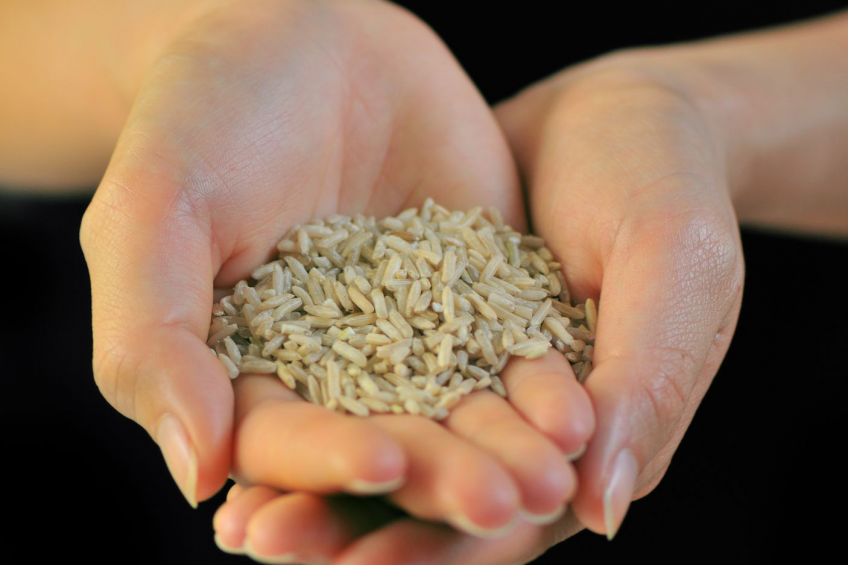
Rice bran can be made more efficient as a feed ingredient for pigs, recent US research indicates.
These outcomes were recently communicated by researchers at the University of Illinois and were published in the Journal of Animal Science.
Rice bran as co-product of white rice production
Rice bran is an abundant co-product of the production of white rice for human consumption.
There are 70 to 100 million tons of rice bran produced every year worldwide, but due to its carbohydrate composition, about a quarter of the energy in rice bran is unavailable to pigs.
Dr Hans H. Stein, professor of animal sciences at the University of Illinois, along with graduate student Gloria Casas, hypothesised that an enzyme called xylanase might increase concentrations of digestible energy (DE) and metabolisable energy (ME) in rice co-products.
Making arabinoxylans more fermentable
In a press release by the university, Stein said, “The first step in the processing of rice is to remove the hulls, which has no nutritional value. The brown high-fibre layer that is located under the hulls is also removed to produce white polished rice for human consumption. This layer is called rice bran and has high concentrations of non-starch polysaccharides, particularly arabinoxylans. Therefore, we hypothesised that the arabinoxylans in rice bran could be made more fermentable by adding the enzyme xylanase to the diet.”
To do so, Casas and Stein fed diets containing four different rice co-products to weanling barrows. They used both full fat rice bran and defatted rice bran. For comparison, they also fed brown rice, which is rice with the bran still intact, and broken rice, which consists of fragments of white rice that are too small for commercial sale. Each rice co-product was fed in two different diets: one without added xylanase and one with xylanase.
Concentrations of energy increased
The results confirmed their hypothesis. The concentrations of DE and ME in full fat rice bran increased from 3,984 kcal/kg and 3,856 kcal/kg in the diets without added xylanase to 4,311 kcal/kg and 4,198 kcal/kg in the diets with added xylanase. Similarly, addition of xylanase to the diets increased the ME in defatted rice bran from 2,936 kcal/kg to 3,225 kcal/kg, but DE was not changed.
Full fat rice bran and defatted rice bran
Stein said, “Full fat rice bran and defatted rice bran had the greatest concentration of arabinoxylans and adding xylanase to the diets containing these co-products increased the concentrations of DE and ME.” However, addition of xylanase did not affect the amount of DE and ME in brown rice and broken rice, which contain more starch and much less non-starch polysaccharides.
Broken rice contained more DE and ME than either full fat rice bran or defatted rice bran if no xylanase was added to the diets, and brown rice also contained more DE and ME than defatted rice bran. However, if xylanase was added, the concentrations of DE and ME in full fat rice bran were not different from values in brown rice or broken rice.
Efficiently utilising resources for pig feed
Stein said that these results demonstrate a way to efficiently utilise resources that might otherwise go to waste. He said, “Adding xylanase to diets containing full fat rice bran increased its energy digestibility from 75% to 80%, which made it equivalent in energy value to brown rice or broken rice. This offers producers another option for making use of co-products in swine diets.”
The research was supported by funding from AB Vista Feed Ingredients, Marlborough, UK.
The study, called ‘Effects of microbial xylanase on digestibility of dry matter, organic matter, neutral detergent fiber, and energy and the concentrations of digestible and metabolisable energy in rice co-products fed to weanling pigs’, was performed by Gloria A. Casas and H.H. Stein, both attached to the University of Illinois, IL, United States. Casas is also attached to the Universidad Nacional de Colombia, in Bogota, Colombia.
Join 18,000+ subscribers
Subscribe to our newsletter to stay updated about all the need-to-know content in the pigsector, three times a week. Beheer
Beheer

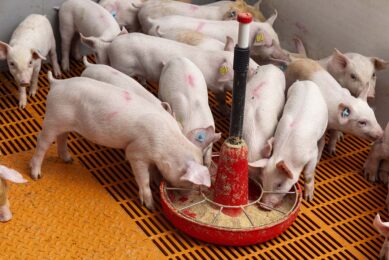
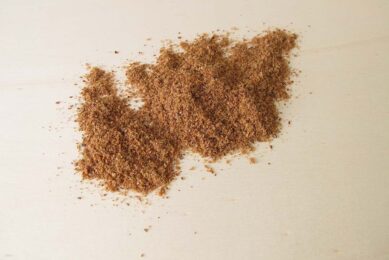
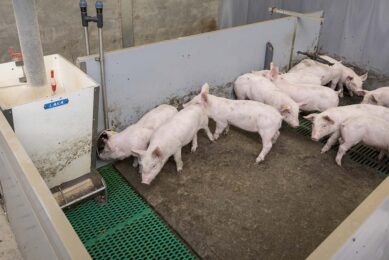
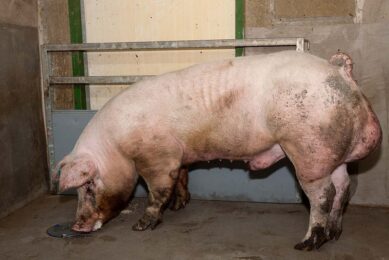





 WP Admin
WP Admin  Bewerk bericht
Bewerk bericht